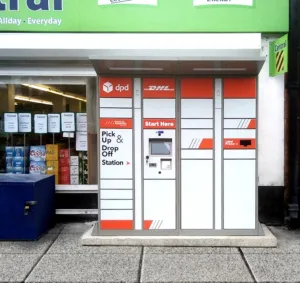By Brian Atkinson, GM & VP EMEA at Five9
Smart devices are becoming more and more integrated into our everyday lives, some even think of them as personal friends. As we are attached to them from the moment we wake up to the moment our head hits the pillow, it’s becoming the norm to speak to them in a natural, conversational manner, all through our voices.
As consumers quickly adapt to getting help from their personal assistants, it is leading to a shift in consumer behaviour. Recent research found that nearly a third (30%) of consumers that own smart devices use them to shop and order from. Consumers are beginning to prefer self-service options when interacting with a business.
This is where Intelligent Virtual Agents (IVAs) come in, able to manage demand in ways almost indistinguishable from a human agent.
Automation, at any time
IVAs are automated, self-service applications that offer capabilities that are similar to human service and support agents – they just never rest or take holidays. Therefore, they can free up valuable time for human agents to focus on more urgent customer enquiries.
For example, they can understand human voice in over 100 languages and respond using text-to-speech (TTS) that is almost indistinguishable from a human agent. Virtual Agents can be configured with very basic skills—the most basic agent might simply answer the phone, ask the caller if she wants to maintain her place in queue and schedule a call-back. An advanced agent might have the skills to understand human speech in multiple languages, determine intent using natural language processing, process PCI-complaint payments and respond in multiple languages over the phone, via chat or SMS.
Automation can help contact centres massively, answering routine inquiries and subsequently allowing companies to deflect “busy work” calls from live agents. This frees up live agents’ time to deal with more complex queries and reduces average wait times for customers during busy hours, all whilst delivering a more human experience – that isn’t actually human.
What’s the technology behind it?
IVAs use the latest integrated technology to offer a wide variety of self-service capabilities, using speech recognition and TTS in hundreds of languages, along with a wide variety of voices.
Integration with technology and agents should be at the heart of business operations in order to deal with customer queries quickly and effectively. With Interactive Voice Response (IVR), Inbound calls to the contact centre can be controlled and managed through scripts and collect data, such as the issue they need help with. They can then offer a wide variety of self-service capabilities. It may start with asking the caller, “How can I help you today?” and by using natural language processing the virtual agent is able to respond to these open-ended prompts, enabling the contact centre to automate tasks that were previously too cumbersome to be handled using speech recognition.
Once the virtual agent has completed the task, the collected information can be passed back through the system to perform the task needed. For example, if the call needs to be passed to a live agent, the virtual agent can receive data that enables it to determine into which queue to place the call. The customer’s call, along with the contextual information collected by the virtual agent, will then be transferred to a live agent, who will have everything they need to solve the query.
IVAs can help customers
Natural language processing (NLP) uses AI to give machines the ability to read, understand and derive the meaning from human interactions and makes it easier for customers to get the support they need.
Using automated systems, the complexity of interactions is dramatically simplified. This increases the percentage of enquiries that can be automated, helping to reduce costs and also eliminates complex IVR menus. Businesses who utilise intelligent virtual agents can apply applications for whatever service they want to give to their customers whilst saving valuable time and costs.
Virtual assistants are increasingly becoming ingrained in our everyday lives. As consumer shopping habits change, contact centres need to be at the forefront in providing customers quick and reliable services that meet expectations. Great customer experiences lead to higher satisfaction, a key driver for increasing loyalty. IVAs can solve customer problems quickly and effectively while delivering a more human experience – but it’s not human at all.










